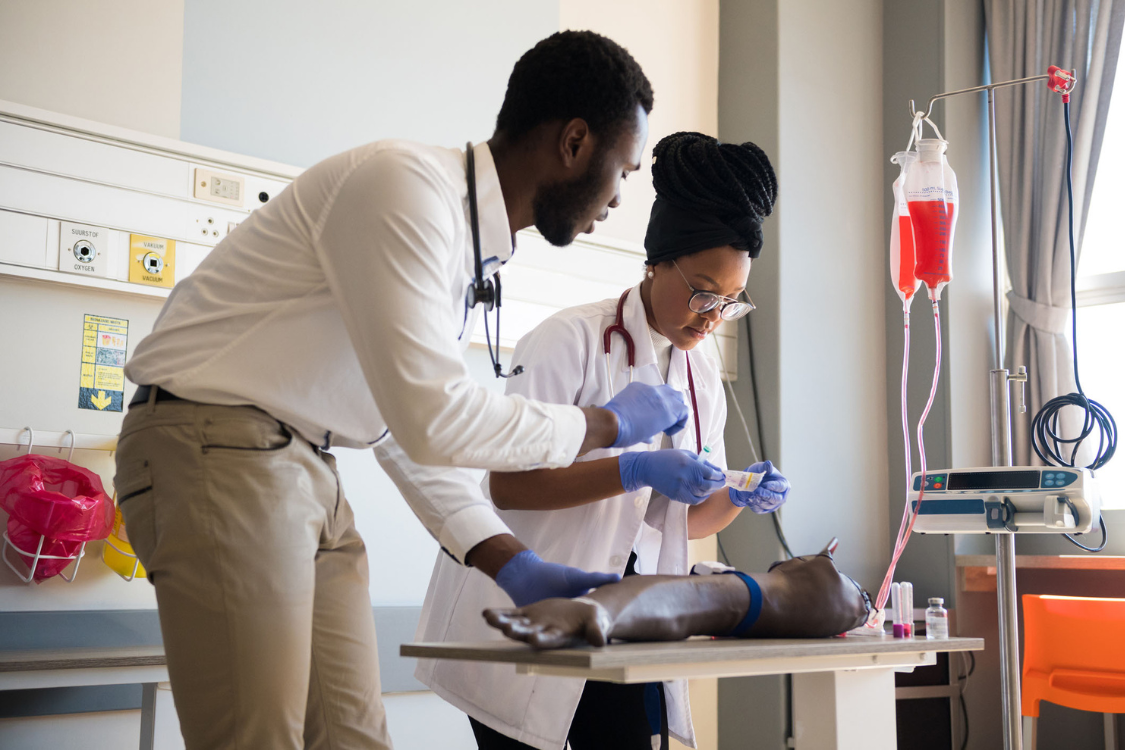
In recent years, there has been a noticeable decline in the number of medical students choosing to pursue careers in primary care. Despite the growing need for primary care physicians, fewer students are opting for fields like internal medicine, family medicine, and pediatrics. This shortage is contributing to longer wait times for patients and increased pressure on existing healthcare systems. But why is this happening? The answer lies in compensation, workload, and student debt.
Decline in Primary Care: A Trend Since 2011
The decline in interest among medical students choosing primary care has been steadily happening since 2011. According to studies, one of the primary reasons students avoid primary care is the lower income compared to other specialties. In a field that requires extensive education, training, and often results in significant student loan debt, the relatively modest salaries of primary care physicians are a deterrent.
Primary care physicians, on average, earn significantly less than their counterparts in higher-paying specialties such as dermatology, orthopedic surgery, or anesthesiology. With rising medical school costs, many students feel pressured to choose careers that offer better financial returns, especially as they balance the weight of large student loan debts.
The Pay Ratio and Student Loan Debt
Medical school is a costly investment, with the average medical student graduating with over $200,000 in debt. When students weigh the potential earnings of primary care against the burden of repaying these loans, many find it difficult to justify pursuing a lower-paying career. The pay ratio—comparing the income of primary care physicians to the level of debt they carry—plays a significant role in this decision-making process.
While primary care physicians are essential to the healthcare system, their compensation often does not reflect the responsibility they carry. The administrative burden, long hours, and high patient volume associated with primary care make it an unattractive option for many medical students seeking a work-life balance.
Administrative Burden and Burnout
Another factor discouraging students from pursuing primary care is the administrative burden. Primary care doctors are often required to spend significant time on paperwork, dealing with insurance claims, and managing patient records. These administrative tasks take away from patient care and contribute to burnout. Many students witness this in their clinical rotations and decide to pursue specialties that offer more autonomy and less administrative hassle.
Burnout is particularly prevalent among primary care physicians, who tend to work longer hours and see more patients than specialists. With fewer resources and support, primary care doctors often feel overwhelmed, which adds to the unattractiveness of the field for students who prioritize a balanced, less stressful career.
The Shift Toward Higher-Paying Specialties
Given the financial pressures, many students are choosing to specialize in fields with higher compensation and more favorable working conditions. Specialties like plastic surgery, radiology, and cardiology are more appealing because they offer not only higher salaries but also better lifestyle options, including more predictable hours and fewer administrative tasks.
Students are becoming more strategic in their career choices, seeking specialties that allow them to achieve both financial security and personal fulfillment. The allure of a more manageable workload and higher pay is hard to ignore, and as a result, fewer students are choosing primary care.
Filling the Gap: Osteopathic and Foreign-Trained Doctors
With fewer U.S.-trained medical students choosing primary care, the gap is being filled by osteopathic (DO) graduates and foreign-trained doctors. Osteopathic institutions have higher percentages of graduates who pursue primary care compared to allopathic (MD) programs. Foreign-trained doctors, who may face fewer specialty options in the U.S., are also stepping in to meet the growing demand for primary care physicians.
However, even with these contributions, the shortage of primary care doctors remains a significant issue. The U.S. healthcare system is still struggling to meet the demand for primary care, and patients are feeling the effects of this shortage.
The Need for More Primary Care Physicians
The decline in primary care physicians is having a direct impact on patients. Many are finding it difficult to schedule timely appointments with their doctors, and some face months-long wait times just for a routine checkup. The shortage of primary care physicians means patients are often rushed through appointments, with less time for thorough examinations and follow-up care.
A strong primary care system is essential for preventative health and the management of chronic conditions like diabetes, hypertension, and heart disease. Without enough primary care doctors, patients are at greater risk of delayed diagnoses, poor health outcomes, and increased reliance on emergency care, which further strains the healthcare system.
Changing the Future of Primary Care
To address the shortage of primary care physicians, several steps need to be taken:
- Increase Compensation: One solution is to offer better compensation packages to primary care doctors. This could include loan forgiveness programs, increased salaries, or financial incentives for choosing primary care.
- Reduce Administrative Burden: Simplifying the administrative tasks associated with primary care could help reduce burnout and make the field more attractive to new graduates.
- Promote Work-Life Balance: Offering more flexible work hours and reducing patient loads could help make primary care a more appealing option for medical students.
- Incentivize Medical Students: Medical schools and healthcare systems could provide more support and resources to encourage students to pursue careers in primary care.
Conclusion
The shortage of primary care physicians is a growing concern that affects both patients and the broader healthcare system. With fewer medical students choosing primary care, the gap between patient needs and available care providers continues to widen. Financial pressures, administrative burdens, and the pursuit of higher-paying specialties are key reasons why fewer students are choosing this essential field.
To reverse this trend, it’s crucial to improve compensation, reduce the administrative burden, and create incentives for students to choose primary care as a viable and rewarding career path. If these issues are not addressed, the primary care shortage will continue to negatively impact patients’ access to timely, quality healthcare, particularly in underserved communities.

